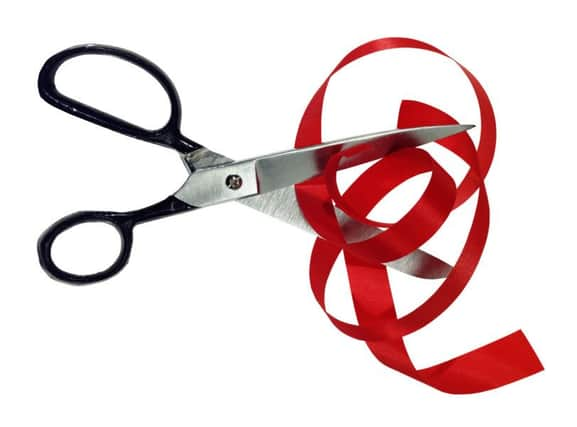Green Brexit is different to what was promised in 2016


Farmers who voted to leave did so largely because they were fed up with the red tape of the CAP. They had been convinced to do so by the promises of the pro-leave advocates, who claimed a UK-driven agricultural policy would be simpler, more effective and more free of red tape. The ultimate acid test for people persuaded then to give up the certainty of the CAP and direct payments will be whether or not they look back with some envy to the old support system.
That we are leaving the EU is now beyond question. Brexit will take place on March 29 next year, with a 21 month transition from then until we are out of the EU completely. This has some echoes of a relationship breaking down. Next March will bring the decree nisi of the divorce, and the decree absolute will follow in 21 months time. In the meantime the UK and EU-27 are a married but separated couple, still forced to live together in the same house while they negotiate the terms of their divorce. They are trying to be civilised, but that is proving a struggle – not least because, as in any family situation, there are too many people seeking to tell them what to do.
Advertisement
Advertisement
Farmers’ hopes for that reduced red tape future have already been undermined. The green Brexit the government is promising is very different to what the leave activists were promising farmers back in June 2016. As the CAP changes and the UK policy emerges in parallel the key question is whether farmers really will feel they have gained from leaving the EU and the CAP. The jury is still very much out on that.
We know we will have a green Brexit, with payments for public goods such as the environment and animal welfare standards. The EU seems set to stick with the direct payments structure we have now. It may well have a greater environmental element and potentially the CAP budget could be trimmed because of the financial impact of the UK’s departure. However, until the DEFRA Secretary, Michael Gove, finally puts some flesh on the bones of the support structures we will not know whether we will miss the familiarity of the CAP. It has many imperfections, but it delivered funding certainty. In a UK context Northern Ireland did particularly well. That may be hard to repeat in the new UK plan, not least because we have no political input at the negotiating table in London.
When it comes to food, the EU is breaking all records in exports markets, with the farm commissioner, Phil Hogan, personally leading trade missions to open new markets. After Brexit the UK will have to decide how it will promote food, and more importantly what funding will be made available from the government for doing so. That is a big issue, because after 2019 we will be head-to-head in the same markets with the EU-27, and they have an annual budget from Brussels for food promotion of around 180 million euro. Even on a pro-rata basis matching that will demand a big investment from London, beginning with an acceptance from the Treasury that this is a price that has to be paid.
It is when it comes to trade that our look to the past might be most wistful. The EU, and the EC and EEC before it, were all built on the concept of Fortress Europe so far as imports were concerned. Those inside the fortress were protected from cheap imports and this applied to all member states. That was to the advantage of farmers in the EU but now in the UK we are set to lose that protection.
Advertisement
Advertisement
We have already had Australia saying that as part of any trade deal the UK will have to accept beef from animals treated with hormones. The US and Canada will demand the same. After Brexit is complete this issue alone could leave us wondering whether protection was better than new but uncertain export opportunities.